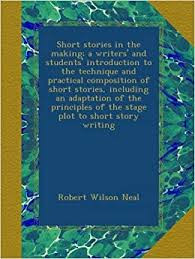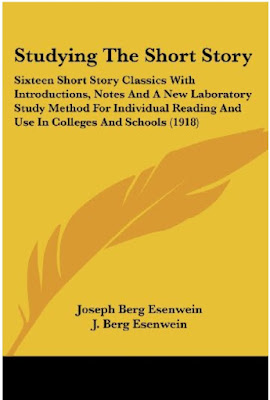The Universal Plot Catalog : An Examination of the Elements of Plot Material and Construction, Combined with a Complete Index and a Progressive Category in Which the Source, Life, and End of All Dramatic Conflict and Plot Master Are Classified
by Henry Albert Phillips
1880-1951
For all Writers of Fiction and Drama, Prose and Verse; also Editors,
Oractors, Teachers, Librarians, Newspaper Men, Statisticians and Preachers.
CONTENTS
CHAPTER PAGE
INTRODUCTION vii
FOREWORD 3ci
I.— THE NATURE OF PLOT MATERIAL ... 17
Dramatic Expression; Plot Particles; the Ordinary and tlie
Extraordinary; ABC of Plotting; Recognition; Emotional Core; Dramatic Fragments.
II.— DISCRIMINATION BETWEEN PLOT MATERIAL AND COMPLETE PLOT
22
A Confusion of Terms; Analogies in other Fields of Art; Law
of Fiction Plot; the Sum of All the Parts.
III.— THE RELATION OF PLOT TO LITERARY
CONSTRUCTION 28
Not Composition but Construction; Keystone of Intelligent
Effort; Soul of Organic Matter; Relation to Strategy; Non-Fiction Forms.
IV.— COMMON SOURCES OF PLOT MATERIAL 35
Plot Matter also Fiction Material; the Five Senses and Life;
the Dramatic Ear and Eye; the Fictitious Mood and its Stimulants; What
Constitutes Confidences; Stealing Plots or Stimulating Ideas; Books, Newspapers
and Poetry; Phrases, Excerpts, Pictures and Notes.
V.— WHAT THE UNIVERSAL PLOT CATALOG IS 43
Not a List of Actual Plots; Potential Rather than Existent;
Chaos versus System; A Thesaurus, Ready Reference, Perpetual Stimulant, Spontaneous
Collector and Efficient File; Eminently Useful for Editors, Orators, Teachers,
Librarians, Newspaper Men, Statisticians, Preachers — as well as Writers of all
Kinds.
VI.— THE SCOPE OF THE CATALOG 51
Man; his Vicissitudes and his Desires, his Relationships and
his Struggles; the Plot of the Plot Catalog; a Complete Cycle; the Line of
Progression; that which is Not Man; Ending with the Beginning.
VIL— HOW TO USE THE PLOT CATALOG. ... 50
A Practical Device, not a Theoretical Contrivance; the
Automatic Plot Collector and File; How One may be Made; Filed According to the
Predominant Phase; How to Avoid Confusion; All Divisions are Potential ; Practical
Illustrations.
VIII.— THE UNIVERSAL PLOT CATALOG (I.— The Grand Divisions) 71
A Progressive Category of Man — his Vicissitudes, his
Desires, his Relationships and his Struggles — in which All Dramatic Conflict
and Plot Material in the Universe find their Source, Life and End.
IX.— THE UNIVERSAL PLOT CATALOG (II.— Inclining ALL Minor
Divisions) 75
Together with Starred References for Filing Plot Material.
X.— A FICTION EXAMPLE ILLUSTRATING THE VALUE OF THE CATALOG 107
" A Weaver of Dreams; " its Classification and Analysis.
XI— A COMPLETE INDEX OF PLOT SUBJECTS 129
Alphabetized with Cross References.
The PDF might take a minute to load. Or, click to download PDF.
If your Web browser is not configured to display PDF files.
No worries, just click here to download the PDF file.








